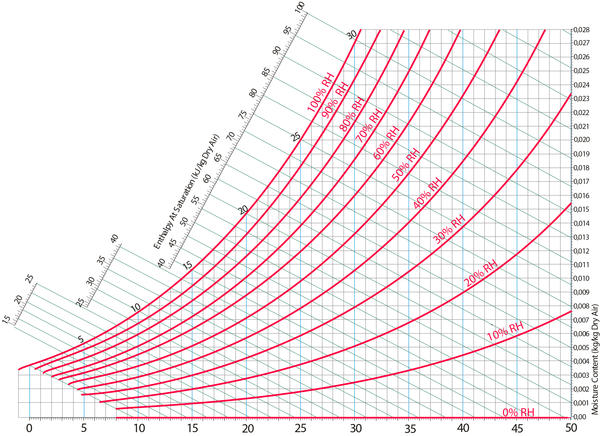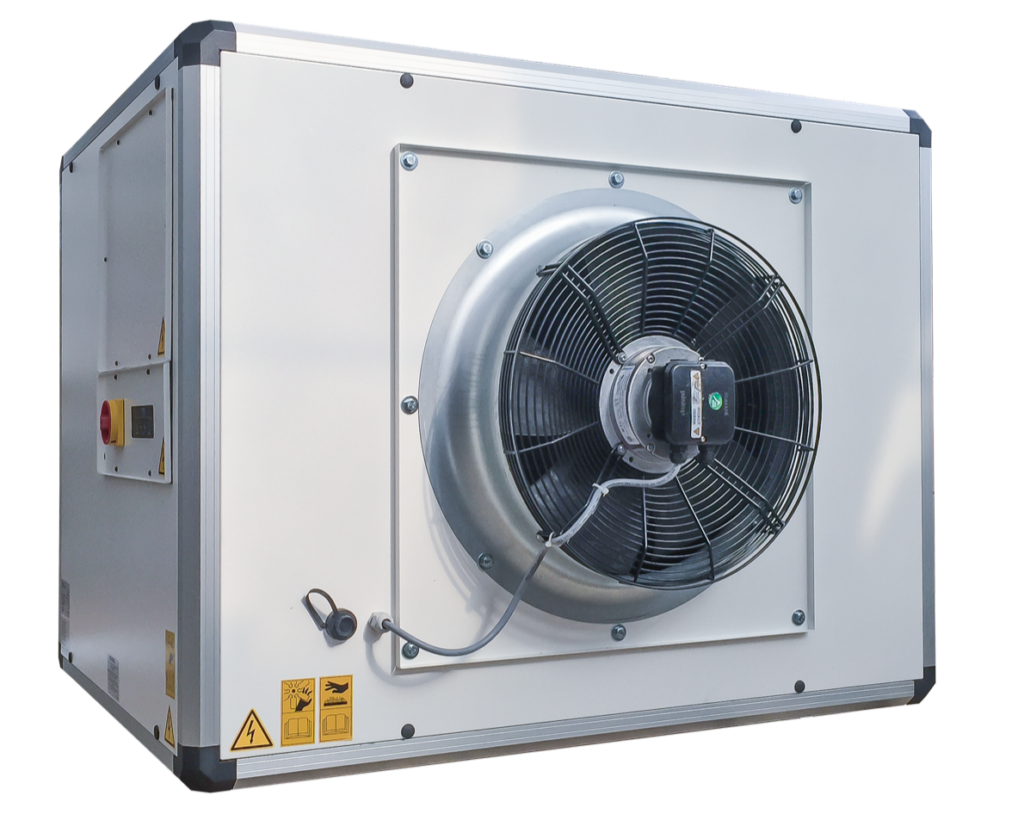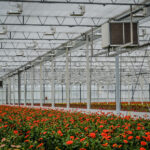Humidity Control
Impact on Health & Growth
Proper humidity of the growing environment is vital to your plant's health. Humidity control allows the grower to optimize plant transpiration while minimizing disease and insect pressure.
Optimizing Climate for Growth
Dramm offers humidification (low and high pressure fog systems) and dehumidification systems to optimize climate for ideal growth conditions.
Often, these systems can be combined in the same facility to ensure that the right humidity targets can be achieved.

What's Right For You?
Dramm’s expertise in plant health and climate can help you determine which tools will work best for your situation.
Low Pressure Humidification & Cooling
The JetFog low pressure fog system creates a fine fog at line pressure for cooling or humidity.
With an output of 5.8 liters per hour, the JetFog produces a hollow cone of very fine mist droplets at a minimum operating pressure of 50psi. With an average particle size of 80 microns, the JetFog nozzle is perfect for reducing the temperature or raising the humidity in drier climates.
The JetFog can be coupled with Dramm PolyRail for easy installation that eliminates line sagging.
High Pressure Humidification & Cooling
Dramm has partnered with VIFRA, the leader in humidity management, to offer high pressure fog systems throughout North America.
VIFRA High Pressure Fog Systems are engineered to produce ultra-fine droplets that can add humidity and cool without wetting plants. Smaller droplets evaporate quicker and at higher humidity levels, allowing for even higher humidity levels to be achieved.
Dramm can engineer your system to provide the best environment for your plants.
Dehumidification Systems
Dramm has partnered with VIFRA, the leader in humidity management, to offer dehumidification systems throughout North America.
Unlike centralized systems, distributed dehumidification provides a more even result.
During a 24 hour period, plants require different levels of humidity. While during the day, additional humidity may be necessary, at night, humidity may rise and increase disease pressure. Dramm dehumidification systems can reduce humidity efficiently by condensing moisture from the air. By maintaining appropriate humidity levels, growers can reduce disease pressure and improve plant health.


